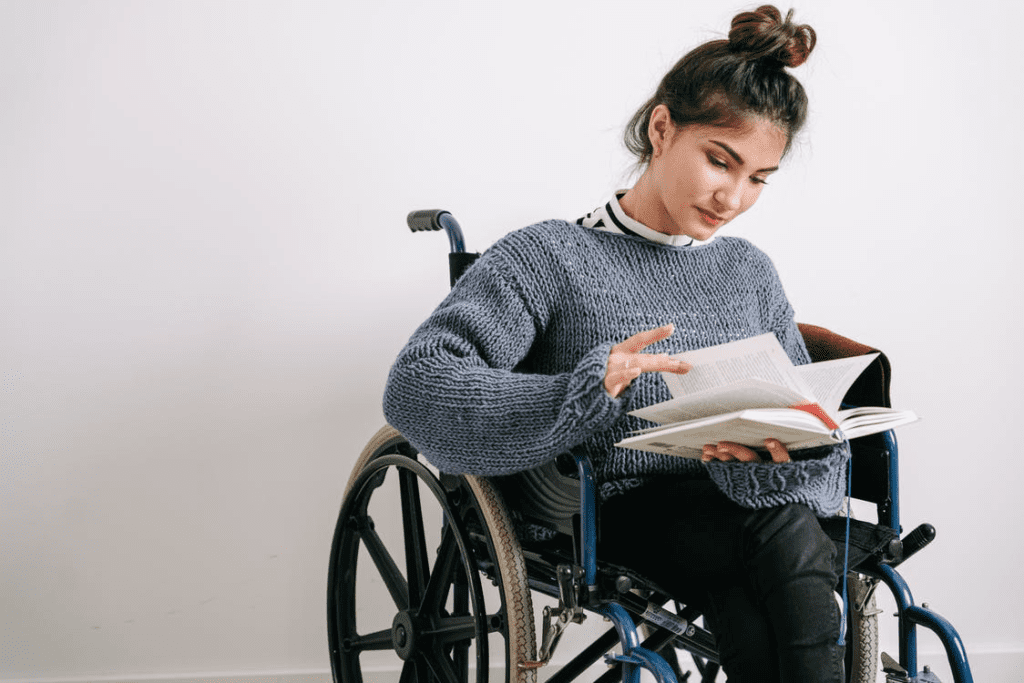
How to Choose The Right Assistive Technologies For Disabilities?
For students who may be struggling, technology can often make a massive difference in the classroom. It can be difficult and overwhelming to provide equal access to all students as teachers. Different learning rates, attention spans, and disabilities require adapting lesson plans to manage disabilities. It’s time that we embrace technology as a helpful tool rather than fearing it.
Assistive software can help teachers reduce the demands of multiple learning styles in the classroom by using software that tailors lessons to each student’s individual needs and abilities. The right kind of software for each student with special needs can make learning more effective for all students.
The use of assistive technology for disabilities is becoming increasingly popular among teachers worldwide, including those in classrooms in places. Teachers report increased focus during lessons and a better understanding of concepts for all students. Accommodating the needs and abilities of each student has become possible through the use of this software.
How to determine which assistive technology to use?
Technology can help students with dyslexia learn and succeed. When used appropriately, assistive technology can increase learning opportunities and improve academic performance, social interactions, and overall quality of life. In addition, by removing barriers caused by difficulties in reading, writing, listening, and speaking, assistive technologies enable students to reach their potential regardless of the type or severity of their learning disability.
While it is essential to consider each student’s academic needs and abilities, it is equally important to consider how they learn best. For example, a student who prefers to work independently might need very little assistance while in school. However, a student who needs help planning their activities might need more assistance due to their learning disability. With this information, you can decide which type of assistive technology would help the student succeed.
The key is to choose the right assistive technology tools for a dyslexia learning disability. Once you have selected the right assistive technology tools to meet your needs, you can be sure that they will play an essential role in your studies.
What can be the right amount of assistive technology?
With the right tools and strategies, students will have an easier time learning and following a course of study. One of the most important things is understanding your child’s strengths and needs. Assistive devices can help these students follow a path or study much easier than before. Many tools can help them organise their ideas with outlining or mind-mapping tools. Many of these resources are available in schools as it’s required by law to make these assistive technologies available to all students with IEPs.
What are the best assistive technology tools to use?
Because a student will be using assistive technology for a long time, it makes perfect sense to include a system that can meet various needs and then continue with it for a long time, adding new aids as required. This seems to be an essential criterion because web-based tools appear to be the most adaptable and can be accessed from any device. Previously, the software could only be installed on one device at a time, and any upgrades had to be paid for.
The best part is that the present applications are web-based and accessible via a simple login for Mac and PC users. Students can use these suites on any device they want, whether at home, school, or work. They can finish their assignments at home now that they have access to technology!
Students should have access to the programme in an adjustable atmosphere with various choices to discover what works most for them. For example, all assistive technology firms have websites with photographs and videos to help families, students, and instructors figure out which system, or suite, is best for their child.
Conclusion
As technology improves, there is a lot of confusion regarding which tools to use. Assistive technology is being delivered in novel ways. To reduce the cost of AT tools, Google has built accessibility tools and forged a collaboration with various AT developers. They’re now available to the general public! However, the free versions (usually known as add-ons or extensions) are rarely as stable and error-free as the paid web-based products.
So, if you are looking for assistive devices for the elderly and disabled, you may visit All Care Warehouse to get the best services.





It’s smart to prioritize security in online gaming – especially with evolving regulations like PAGCOR’s. Considering a platform? Check out jljl77 2025 slot download; quick registration & KYC are key for a safe experience. Diversifying game choices is also a plus!
Hey, just wanted to throw in my two cents about betpp. I like the app a lot. It’s easy to use and I’ve had some good wins! Give it a try if you’re into this kind of thing. You can get more information at betpp.